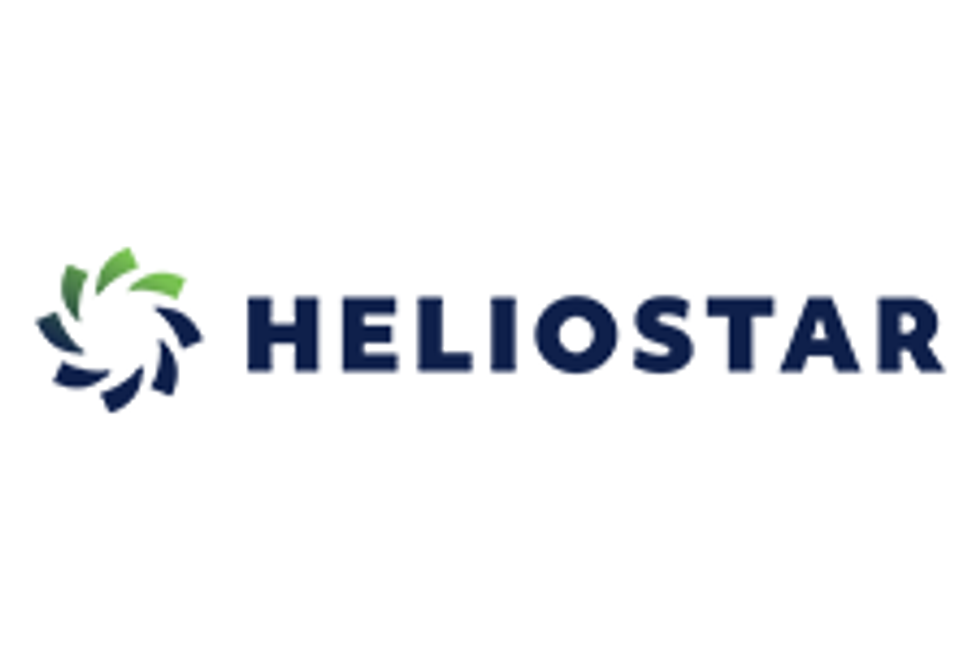This past Friday, five companies — including two gold miners — were cut from the S&P/TSX Global Mining Index. Here’s a look at which companies were axed and why the downgrade isn’t necessarily the end of the world.
S&P Dow Jones Indices capped off last week by completing its quarterly review of the S&P/TSX Canadian indices — in other words, it’s now decided which companies no longer meet index requirements and which companies not previously included can join an index.
Unfortunately, but perhaps not surprisingly, the S&P/TSX Global Mining Index (INDEXTSI:TXGM) saw only deletions. Specifically, Allied Nevada Gold (TSX:ANV,NYSEMKT:ANV), Continental Gold (TSX:CNL), Copper Mountain Mining (TSX:CUM), Molycorp (NYSE:MCP) and US Silica Holdings (NYSE:SLCA) were booted off the list.
Here’s a look at the criteria for the index, as well as a brief overview of what’s been happening lately with the companies mentioned above.
How the S&P/TSX Global Mining Index works
As S&P Dow Jones Indices explains on its website, to get on the S&P/TSX Global Mining Index, companies must meet requirements related to market cap, liquidity, eligible securities and shares outstanding. They must also be listed on the TSX, NYSE (including the ARCA and AMEX) or NASDAQ.
Additions and deletions are typically only made during quarterly reviews, such as the one that just took place. Such reviews take into account publically available information released “up to and including the month end preceding” the review month. In terms of deletions, two rules apply: first, companies with a market cap less than or equal to US$240 million are removed, and second, companies with a liquidity ratio of less than 0.25 are removed. Those requirements are lower than the criteria for listing on the index in the first place.
Once removed from the index, companies are typically not eligible for re-inclusion for 12 calendar months, though exceptions are made on occasion.
Getting the boot
A quick look at what’s been happening with the excluded companies shows they’ve been having a particularly hard time lately, and leaves little doubt as to why it was tough for them to meet the index’s requirements. Here’s a breakdown of what they’ve been up to:
- Allied Nevada Gold — Down 76.13 percent year-to-date, Allied Nevada has fared particularly poorly this past quarter. Most recently, the company released an operational update, commenting that it has lowered its 2014 metal sales expectations to 210,000 to 220,000 ounces of gold and 1.8 to 1.9 million ounces of silver. Market watchers didn’t respond well to the news, with analysts at TheStreet rating the stock a “sell” and criticizing, among other things, the company’s “feeble growth in its earnings per share, deteriorating net income, [and] generally high debt management risk.”
- Continental Gold — Continental Gold has actually had some fairly positive news in recent months — indeed, the company put out a preliminary economic assessment for its Buritica project in November, enjoying a 13-percent share price rise as a result. However, it’s been battered by gold’s price drop and was reportedly one of the stocks dropped by German gold stock newsletter writer Oliver Gross back in October. Overall it’s down 47.34 percent year-to-date.
- Copper Mountain Mining — Compared to the Allied Nevada and Continental Gold, Copper Mountain isn’t doing particularly poorly this year — year-to-date it’s only down 15.48 percent, and InterCooler recently reported that when ratings from the 14 brokerages covering the stock are averaged out, it has a “hold” rating. Furthermore, analysts responded positively to the company’s Q3 production results, and the company’s share price rose when it released its full Q3 results a month later.
- Molycorp — US-based rare earths producer Molycorp has had a horrible year, sinking 88.08 percent year-to-date. That fall has been fairly steady, with Zacks pointing to “negative earnings estimate revisions” throughout the year as a key reason for the stock’s downward movement. Nevertheless, the company expanded operations at its Mountain Pass project in 2014, and may be able to perform better once China’s monopoly on the rare earths space slips a little further.
- US Silica Holdings — Silica sand provider US Silica Holdings is down 30.55 percent so far this year, and analysts at TheStreet recently downgraded it from a “buy” to a “hold.” And while The Motley Fool recently pointed out that so far US Silica has been hurt less by oil‘s dramatic price drop than some companies — largely because much of its sand is sold via long-term contracts — that may not last if its customers cease operations in response to a prolonged oil price drop.
Investor takeaway
Being removed from the S&P/TSX Global Mining Index is by no means a death sentence, but investors interested in any of the above companies might want to take a step back to re-evaluate — while it might be time to drop some or all of them, it’s also possible that prospects remain good.
Securities Disclosure: I, Charlotte McLeod, hold no direct investment interest in any company mentioned in this article.
Related reading:






